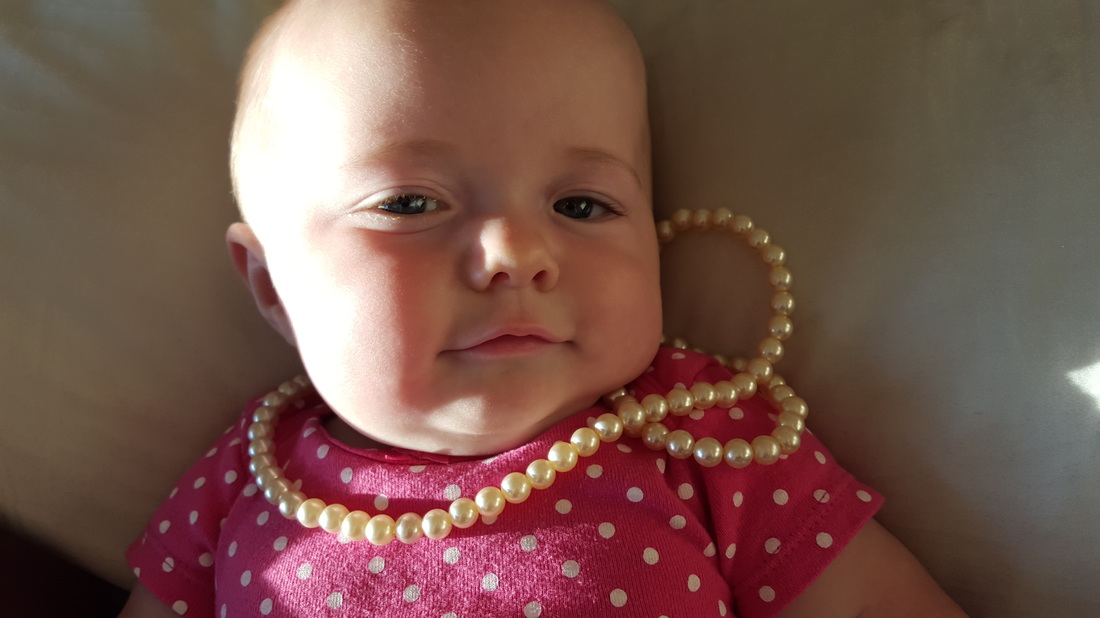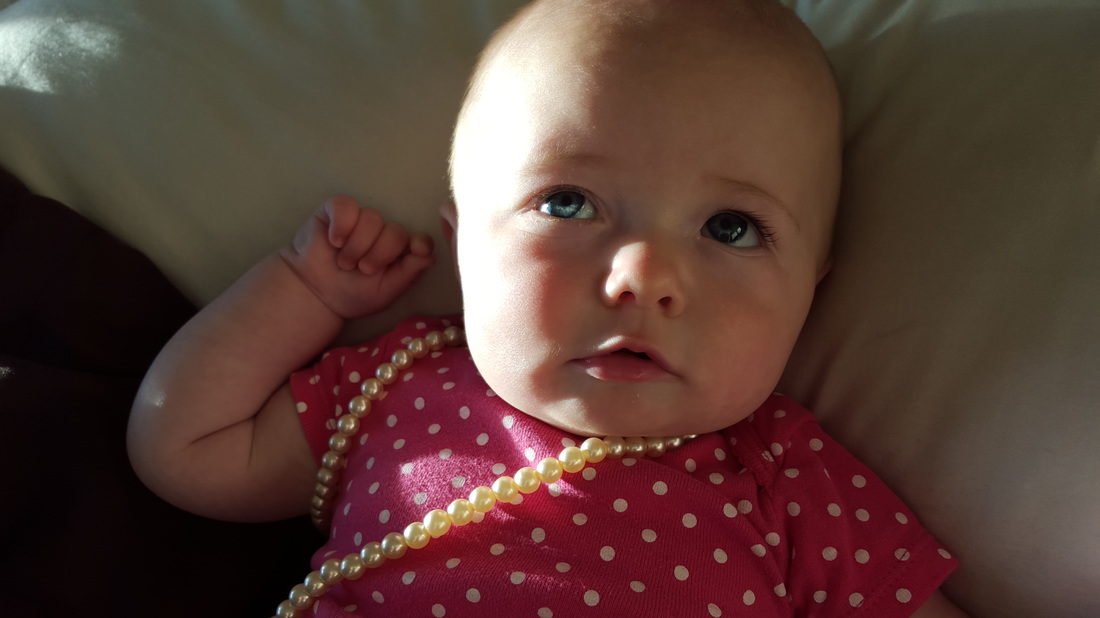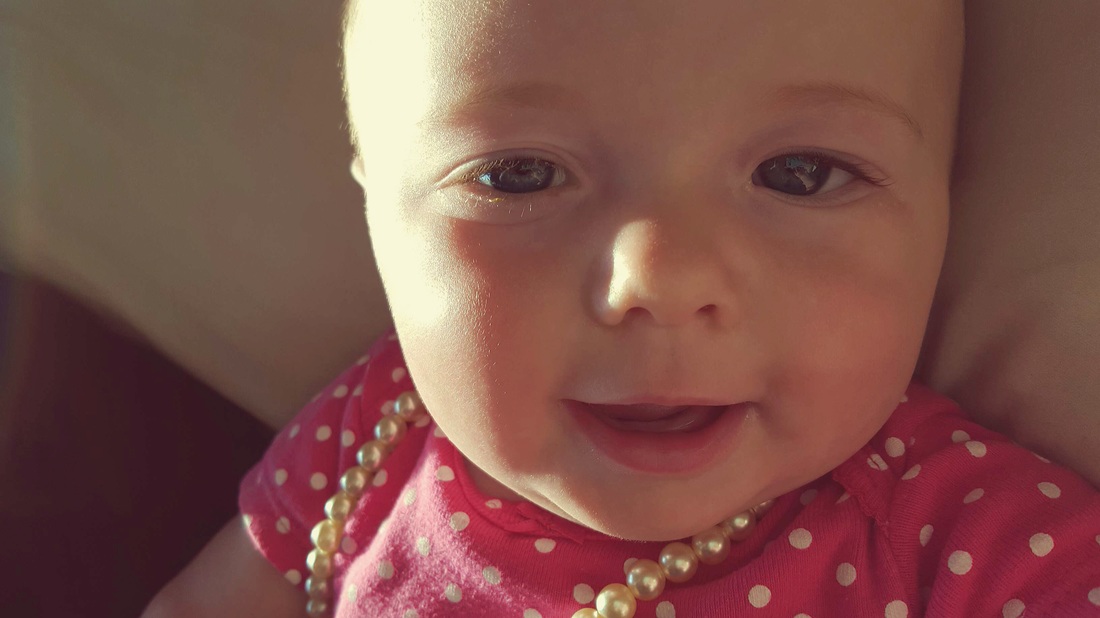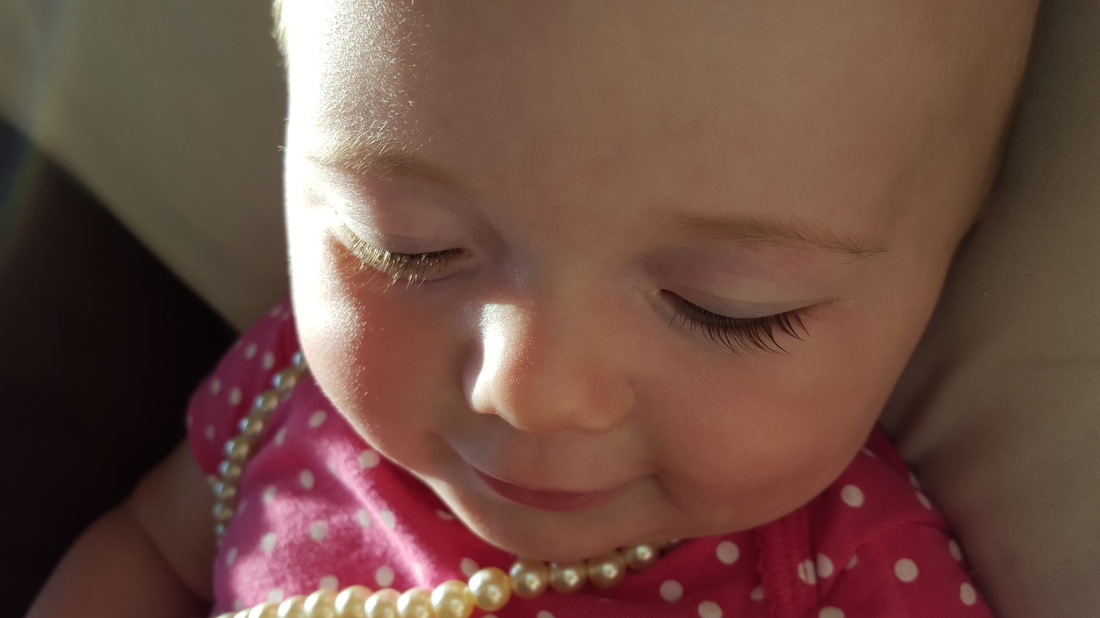Morning Rays


I don't know if anyone knows, but I love taking pictures. In the process I got a new cell phone primarily for the camera. Last night I studied "cell phone photography" and I'm certain with practice, I can take pics like paid professionals. Two awesome sites I found gave amazing pointers by professionals here and here. This morning with Emilie nudging me awake at 5:30am with some her cute classic screams (seriously, it's cute, but in the morning Scott would beg to differ!) and a poppy diaper, I saw the sun already risen on the horizon and knew it was the perfect time to shoot! Morning and evenings are the best times to shoot for natural light photographers, and as a natural light photographer, one seeks the light (which is the most critical thing for great vs not so great photos). Anyway, I'm pretty happy with how they turned out. The first photos are non edited, natural light photos and the last four are edited with effects. The internet is covered with awesome advice on improving your own photography skills and below I'll list the top three tips/advice which has been the most helpful to me so far, from How to take great photos—even on your cell phone.
- Light is king. Lighting is as valuable a tool as your camera itself. In fact, I think of them as equal teammates that have to work together to do the job — and you are their coach. Generally, natural light from the sun is the best option. If you’re inside, raise the blinds and open the curtains to let in as much light as possible and, if you can, move your subject near the window. If you’re limited to artificial lighting (anything that uses electricity), you’ll want to make sure you place the lamps in a way that they’re fully lighting your subject because artificial light tends to be uneven. If you have a lamp or overhead lighting, take note of the direction the light is pointing in. Can you point another light from the other side to balance it out?
- Think before you shoot. Remember: you are the one taking the photo, not just the camera. The point of being a photographer is to capture the world as you see it and share your unique perspective with others. So it’s important to visualize what you want your photo to look like before you take it. This means taking time to consider what’s in the frame, and coming up with the best composition. When you look through the screen or viewfinder in your camera, examine every single thing that’s showing. For a photo to have impact, there should be no distractions that cause a viewer to look at something other than what you wanted them to see. Are there any water bottles or random objects that should be moved? Have you cropped off the top of someone’s head? Take some time to consider it.
- Mind the lines. Horizon lines should be straight unless you’re making them diagonal for a creative effect. I like to use the grid feature on my phone to make sure I’m not off. I also often use a 9-square grid like the one below that breaks my photo up into thirds. This is called the Rule of Thirds — aim to place the points of interest in your photo along the lines or where the lines cross, and your photos will naturally feel more balanced to the viewer. They call it a “rule,” but think of it more as a guideline. It’s useful in creating compositions that are pleasing to the eye.
Which photos do you prefer? Non edited with natural light, or natural light with effects and light editing? Obviously I need to practice my editing skills though...


Comments
Post a Comment